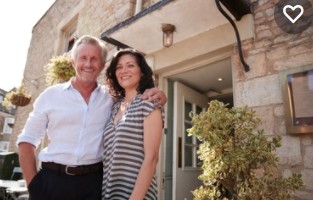 Ohio State University researcher Stephanie Moulton and Columbia Business School Professor Chris Mayer co-authored a paper that examines the usage of reverse mortgages among mortgage borrowers, as well as rejected applicants for new mortgage credit who are age 62+.
Ohio State University researcher Stephanie Moulton and Columbia Business School Professor Chris Mayer co-authored a paper that examines the usage of reverse mortgages among mortgage borrowers, as well as rejected applicants for new mortgage credit who are age 62+.
 Published in September 2020, the researchers found that 17-27 percent of actual and rejected borrowers would have qualified for a HECM reverse mortgage, or nine to 14 times the size of the actual HECM market.
Published in September 2020, the researchers found that 17-27 percent of actual and rejected borrowers would have qualified for a HECM reverse mortgage, or nine to 14 times the size of the actual HECM market.
The existence of a large number of seniors with an existing mortgage or taking out a new mortgage with quite high LTVs (57-65%, depending on the product) suggests that many seniors do, in fact utilize home equity in order to fund their retirement. Yet they choose products that require monthly payments lasting decades into retirement and rising as a share of (declining) income as they age.
The researchers also consider a number of possible explanations for why seniors in the US do not spend home equity and rely on loans with high payments, including precautionary savings for health shocks, bequest motives, high costs of reverse mortgages, and the lack of brand name institutions in the reverse mortgage business. Download the full paper.
You can also download a PowerPoint deck that Dr. Moulton presented at the 2020 Virtual Annual Meeting that highlighted key parts of the report.

